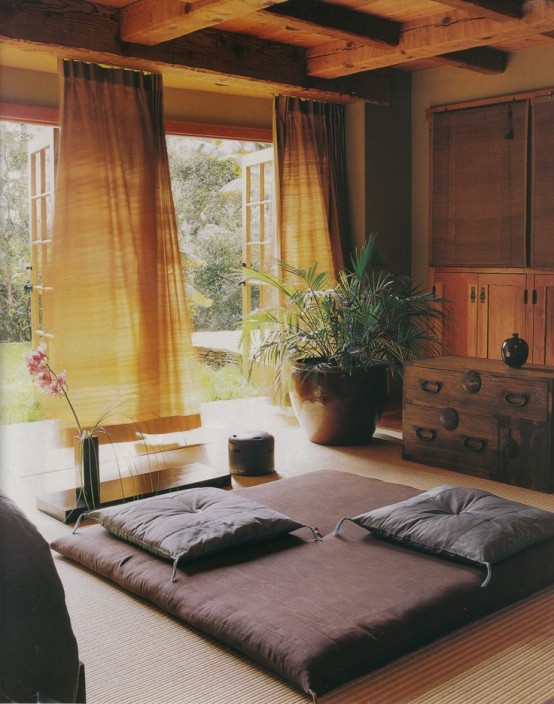In today’s fast-paced world, finding inner peace and tranquility has become a luxury that many of us can’t afford. With the constant bombardment of stimuli and distractions, it’s easy to get lost in the chaos and forget about our own well-being. This is where a meditation room comes in – a dedicated space designed to help us cultivate mindfulness, clarity, and inner calm. In this article, we’ll explore the concept of minimalist meditation room design and how it can help you create a serene oasis in the midst of chaos.

Why Minimalism in Meditation Room Design?
Minimalism is an aesthetic that values simplicity, clarity, and intentionality. When applied to meditation room design, minimalism helps to eliminate distractions, creating a space that is calm, peaceful, and conducive to introspection. By stripping away unnecessary elements, a minimalist meditation room design allows the mind to focus on the present moment, unencumbered by visual or auditory distractions.
Key Principles of Minimalist Meditation Room Design
So, what are the key principles of minimalist meditation room design? Here are some essential elements to consider:
- Neutral Color Palette: A neutral color palette is essential for creating a calming atmosphere. Soft, muted colors such as beige, gray, or white can help to soothe the mind and promote relaxation.
- Simple Furniture: A minimalist meditation room design requires simple, functional furniture that serves a purpose. A meditation cushion or chair, a small table for holding candles or incense, and a few plants are all you need.
- Natural Light: Natural light is essential for creating a sense of connection to the outside world. Large windows or skylights can help to bring in natural light, making the space feel more expansive and airy.
- Calming Textures: Calming textures such as wood, stone, or plants can help to create a sense of warmth and coziness in the space.
- Minimal Decor: A minimalist meditation room design requires minimal decor. Avoid clutter, knick-knacks, or anything that might distract the mind.
Tips for Creating a Minimalist Meditation Room
Here are some tips for creating a minimalist meditation room:
- Start with a blank slate: Begin by clearing out the space, removing any clutter or distractions.
- Choose a focal point: Select a focal point, such as a candle or a statue, to help guide the mind during meditation.
- Use plants: Plants can help to purify the air, create a sense of calm, and promote relaxation.
- Incorporate natural elements: Incorporate natural elements such as wood, stone, or water to create a sense of connection to nature.
- Keep it simple: Avoid over-accessorizing or adding too many decorative elements. Keep the space simple, calm, and serene.
Benefits of a Minimalist Meditation Room
So, what are the benefits of a minimalist meditation room design? Here are just a few:
- Improved focus: By eliminating distractions, a minimalist meditation room design can help you stay focused and calm.
- Increased relaxation: A calm, peaceful environment can help to reduce stress and promote relaxation.
- Enhanced mindfulness: A minimalist meditation room design can help to promote mindfulness, encouraging you to stay present and aware in the moment.
- Better sleep: A peaceful, calming environment can help to improve sleep quality, leading to better rest and relaxation.
Real-World Examples of Minimalist Meditation Rooms
Here are a few real-world examples of minimalist meditation rooms:
- The meditation room at the Google headquarters: This room features a simple, neutral color palette, natural light, and a few carefully selected plants.
- The meditation room at the YouTube headquarters: This room features a calming atmosphere, with a focus on natural light, wood accents, and a few carefully selected decorative elements.
- The meditation room at the Buddhist monastery: This room features a simple, minimalist design, with a focus on natural light, stone accents, and a few carefully selected plants.
Frequently Asked Questions
Here are a few frequently asked questions about minimalist meditation room design:
- Q: What is the ideal size for a meditation room?
A: The ideal size for a meditation room is small to medium-sized, around 100-200 square feet. - Q: What is the best color scheme for a meditation room?
A: A neutral color palette, such as beige, gray, or white, is best for creating a calming atmosphere. - Q: Can I use a meditation room for other purposes?
A: Yes, a meditation room can be used for other purposes, such as yoga, reading, or simply relaxing. - Q: How can I create a meditation room on a budget?
A: Start by using items you already have, such as a meditation cushion or a few plants. You can also repurpose an existing room or space. - Q: What are some essential elements for a meditation room?
A: Essential elements for a meditation room include a comfortable seating area, natural light, and a few calming decorative elements, such as plants or a water feature.
Conclusion
Creating a minimalist meditation room design is a simple yet powerful way to promote relaxation, calmness, and inner peace. By stripping away distractions and focusing on simplicity, you can create a space that is conducive to introspection, mindfulness, and meditation. Whether you’re a seasoned meditator or just starting out, a minimalist meditation room design can help you cultivate a deeper sense of awareness, clarity, and connection to yourself and the world around you. So why not give it a try? Create a serene oasis in the midst of chaos, and start experiencing the many benefits of meditation for yourself.
Closure
Thus, we hope this article has provided valuable insights into Creating a Serene Oasis: Minimalist Meditation Room Design. We appreciate your attention to our article. See you in our next article!